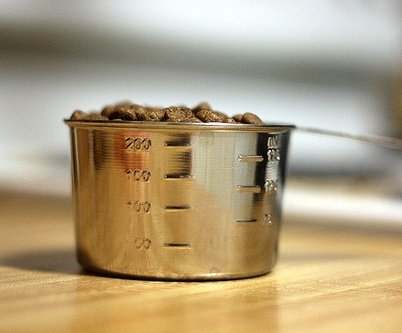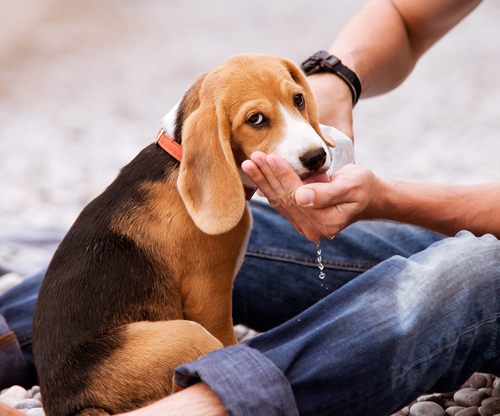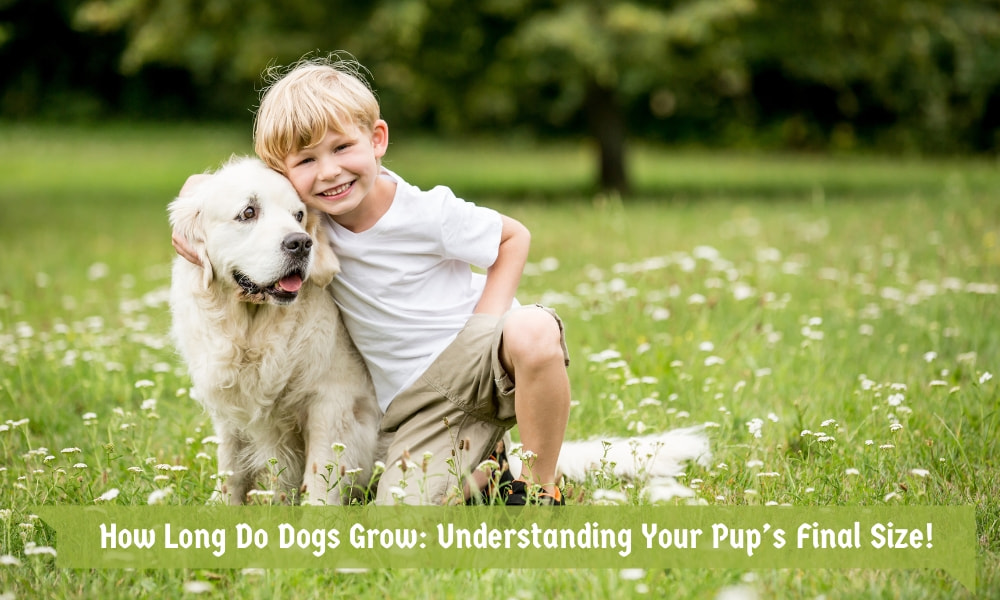
If you’re thinking of adopting a puppy or you already have one in your home, you might be wondering, how long do dogs grow?
You might not know what to expect if this is your first puppy but dog owners who brought their dogs home young know that puppies grow fast. It seems as if you bring them home as adorable little balls of fur, fun, and occasional trouble and before you know it, they are fully grown.
The truth is that not every dog grows at the same rate. Smaller breeds reach their adult size faster than larger breeds, which makes sense – they have less growing to do.
Small pups finish growing at around half the age of their larger counterparts, typically around six to eight months of age. Medium-sized dogs take a little longer and reach their full size around 12 months of age, right around the time they are considered adult dogs. Unsurprisingly, larger breeds take the longest to grow and might not reach their full size until a year and a half old or more. The largest breeds like mastiffs might continue to grow until they are two years old.
Contents
- Why Should You Know How Long Dogs Grow?
- How Does Your Dog Grow?
- How Long Do Dogs Grow?
- Do Purebred Dogs Grow at the Same Rate as Mixed Breeds?
- Feeding Your Growing Pup
- What about Exercise?
- More about How Long Do Dogs Grow
- What about Spaying or Neutering?
- “My Dog is Fully Grown but He Still Acts Like a Puppy!”
Why Should You Know How Long Dogs Grow?
A good reason to know how long a dog continues growing is that growing puppies have special dietary requirements. You should feed a growing pup differently than one that has reached full-size.
You’ll also know when you can settle into a permanent size for collars, harnesses, and sweaters, if needed.
Understanding when your dog has reached full-size helps you make decisions about its long-term health. It might be okay for a dog to gain a few pounds as it grows older and slows down but you should keep your dog’s weight right around the same as it was when it was a full-grown adult, particularly because it’s still young enough to you can prevent health problems.
How Does Your Dog Grow?
Your pup’s growth when young depends mainly on bone growth. Once your puppy has grown to full-size, its bones stop growing and harden. When they’re young, puppies experience the most growth in their legs. They have two growth plates in their legs that are located at the end of the bones. They’re flexible and soft when pups are young and new tissue is formed while they grow. This new tissue ages, hardens, and becomes bone. Once that bone is calcified, your pup is done growing.
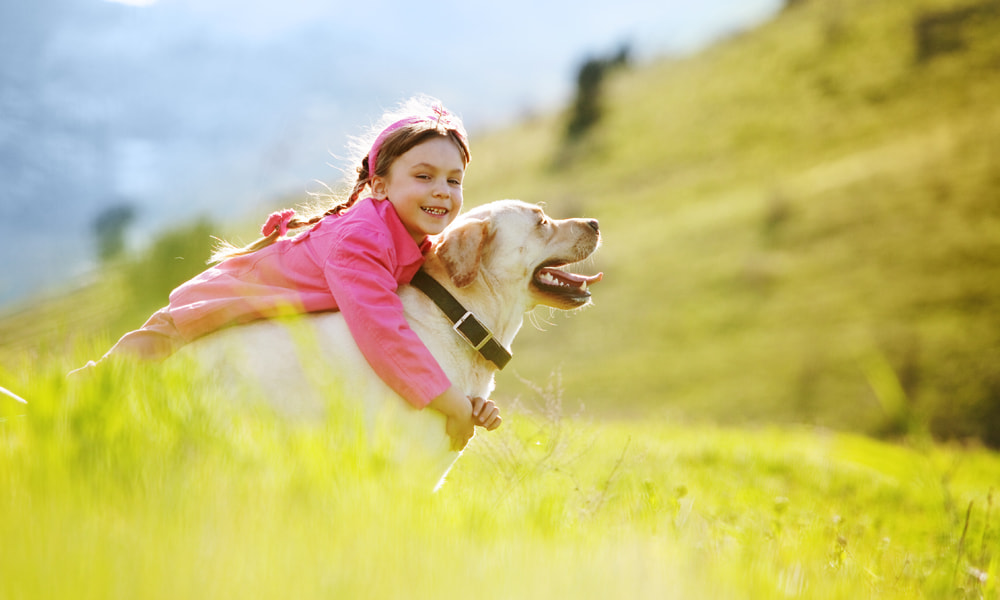
Source: canva.com
It’s important to remember that growth plates are fragile and easily injured so avoid excessive exercise, especially jumping, when your puppy is young and still growing. There is plenty of time to enjoy these activities once your dog is fully grown.
How Long Do Dogs Grow?
All puppies are considered adults once they reach one year of age but this doesn’t always mean they are finished growing. Many puppies continue to grow for up to another full year after they turn one. Their height and size might increase and their bones continue to develop. As mentioned, growth plates – the part of a dog’s legs that are responsible for growth and how long a pup’s legs will be in adulthood – are soft and flexible when they are young. New tissue is being formed and they will eventually harden into full-grown bones. Once the growth plates stop producing new tissue and the tissue is fully calcified, the growth plates close and your pup stops growing.
Of course, a pup’s bones are not the only significant thing about its size. Even after your dog’s bones have grown to their full size, your puppy will still develop fat and muscle. these things grow throughout your dog’s life so you and your vet will need to discuss your dog’s diet and physical activity requirements to determine the right balance to maintain and healthy weight of fat and muscle.
Do Purebred Dogs Grow at the Same Rate as Mixed Breeds?
It’s easier to determine how large a purebred dog will be based on the standard average for the breed as well as the dog’s lineage. In most cases, dogs don’t grow that much larger than their parents. Rarely does a dog grow larger than its breed. Keep in mind, growth here refers to height and length, not to weight.
Your breeder should be able to let you know what the average size is for the breed and you should get to meet your pup’s parents or at least see pictures and discuss their sizes. Reputable breeders are aware of the health of the dogs they are breeding so you’ll have a good idea before you take your new pup home how big it will be.
One of the best things about choosing a purebred over a mixed breed is the predictability. You’ll know what to expect in terms of size, coat, temperament, and overall health. And while your dog grows to be an individual with its own personality and unique qualities, you can get a general idea of what to expect based on the pup’s lineage.
Mixed breeds can be a bit more difficult to predict.
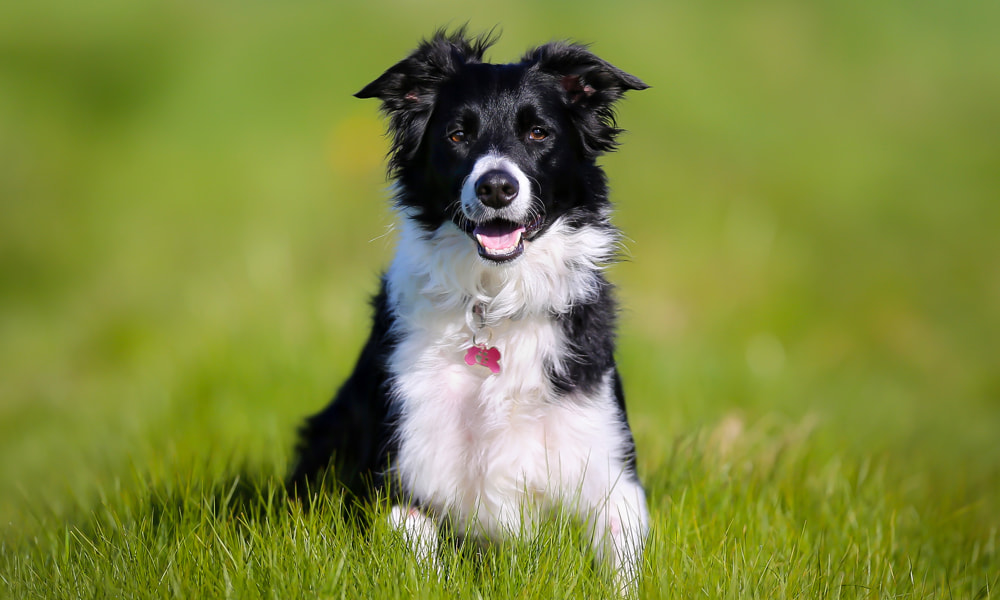
Source: canva.com
In general, if you can tell the breeds that mixed to create your dog, you can make a guess at his size. Even this isn’t predictable, though, especially if your dog’s parents varied a great deal in size. For example, if retriever and a Rottweiler mate to created your mixed breed, you can assume your dog will be a large dog, though you won’t know what range. You could have a dog anywhere from 55 to 60 pounds on up to 100, maybe even more.
On the other hand, if your pup’s parents or grandparents varied in size, there’s no telling how big your dog will grow based on its lineage. This is especially true if you’re bringing your puppy home at eight to 10 weeks of age when all pups tend to be small.
There are a couple of hints about your dog’s ultimate size that you can assess at a young age. Run your hands down its rib cage and see if you can feel knobby protrusions. This means the dog hasn’t finished growing yet.
You can also check out the dog’s paws. It’s not always true but many
puppies with larger paws
“grow into” them later.
Feeding Your Growing Pup
Understanding how long dogs grow and knowing when your dog has stopped growing helps you make smart decisions about its diet. It’s important to choose foods that meet the nutritional standards set forth by the Association of American Feed Control Officials. They help you choose the best foods for your dog and determine how much your dog should receive during the various stages of his life.
Remember, puppies are growing and are very, very active. They burn calories at a fast pace and the food you give them needs to replenish those calories. How many calories they need per day depends on how large they ultimately grow. Bigger dogs eat more than smaller dogs so of course, this makes sense.
It’s also a good idea to determine if you want to feed your dog puppy food and wean it onto adult food or if you want to choose a food that is appropriate for all stages of a dog’s life. If you choose to feed raw, you’ll use the same food from the moment your dog is weaned off its mother until it’s a full-grown adult and then throughout its adult life.
But if you opt for another type of food, you might need to start with puppy food for your pet’s first year or so of life and then move to adult food around 11 to 14 months of age. Puppy specific foods ensure your active growing dog gets all of the nutrition it needs to be happy, healthy, and strong.

Source: canva.com
The best way to know how much to feed your dog as he grows is to consult the feeding guidelines on the food you buy. The guidelines are based on your dog’s weight so the bigger it grows, the more it’ll eat. And as cute as a chubby puppy might be, leaner puppies tend to have better overall lifelong health so make sure you stick to the feeding guidelines you’re provided as much as possible.
What about Exercise?
You might be wondering about your dog’s growth and exercise. It’s important to make sure your pup gets plenty of activity or a few reasons.
Burning off energy is an essential part of having a happy home with a new puppy. Not allowing a puppy to get enough physical activity makes it difficult to train your pup and share your space. At the very least, make sure your puppy gets exercise just so you can get along during the early weeks and months of your relationship!
It’s also important to realize that it is possible to over-exercise your puppy. Excessive prolonged activity can harm your pup. As active as it is, it’s also tender and growing and you don’t want to overdo it. Most vets recommend saving jogging or running – especially on hard roads – until your pup is about 14 to 18 months old. This is especially true for larger breeds that have more growing to do. Moderately paced walks of about a quarter mile or less at a time on soft surfaces like grass are the best for your young growing pup. These should also be enough, along with play, to tire out your pup enough each day.
More about How Long Do Dogs Grow
Now that you have some idea of how long you can expect your dog to grow, there are a few other factors that affect your dog’s ultimate size. For instance, genetics. Your dog’s parents play a major role in its ultimate size. Pups from larger parents tend to be larger themselves and grow for longer periods when they are young.
Nutrition is also important. What you feed your dog affects its size. If a puppy isn’t fed a healthy diet, it’s not going to grow the same as it would if it got all of the protein and minerals it needs. Feed your dog the highest quality diet possible so it’s able to grow to its expected size. It’s also important not to overfeed your dog because if it grows too fast, it can affect bone health.
What about Spaying or Neutering?
A lot of people wonder if spaying or neutering their dog affects how long it grows for or how big it gets.
Most vets believe that having a dog fixed doesn’t have a major impact on the size of a dog but it can trigger subtle changes in its growth rate. Research has shown that dogs fixed before 16 weeks of age grow bigger than dogs that aren’t spayed or neutered until later in life or at not all. Hormones affect growth rate, but they don’t affect it nearly as much as nutrition and genetics do.
“My Dog is Fully Grown but He Still Acts Like a Puppy!”
If you feel like this, you aren’t alone. Dogs tend to act like puppies long after they’ve finished growing. They are considered adult dogs but still have the precocious nature of a puppy for a long time after this. And even senior dogs sometimes have a burst of energy that makes them seem like young pups again. The best advice is to just enjoy the fun and know that those bursts of puppyhood get fewer and farther between as they get older.
Source of Featured Image: canva.com
I grew up in a household that was filled with animals. I believe that my fate as a dog-loving person was sealed in early childhood since my parents owned several dogs of varying sizes and breeds. There was no choice but to take care of and learn about dog habits and the best animal care practices — otherwise, I’d be clueless about how to go about the creatures I was surrounded by day and night.
As a life-long puppy lover, I know a thing or two about dogs and how to go about caring for them in the best way possible. Although I’m not a professionally trained dog behaviorist, trainer, or veterinarian, all of my knowledge and experience with canines comes from a place of love and a deep-rooted passion for dogs and animals in general.
Seeing as dogs kept me company throughout every stage of my life, I decided to follow a different path in my academic life and obtained a Bachelor’s and Master’s degrees in Marketing Management and Digital Advertising, which ultimately allowed me to combine my professional training and personal experience by creating the ultimate dog lover’s resource website! Along with my husband, Dave, I run MySweetPuppy for like-minded dog lovers who want to have a single, clear, and reliable information source about anything and everything related to dogs and their well-being.

